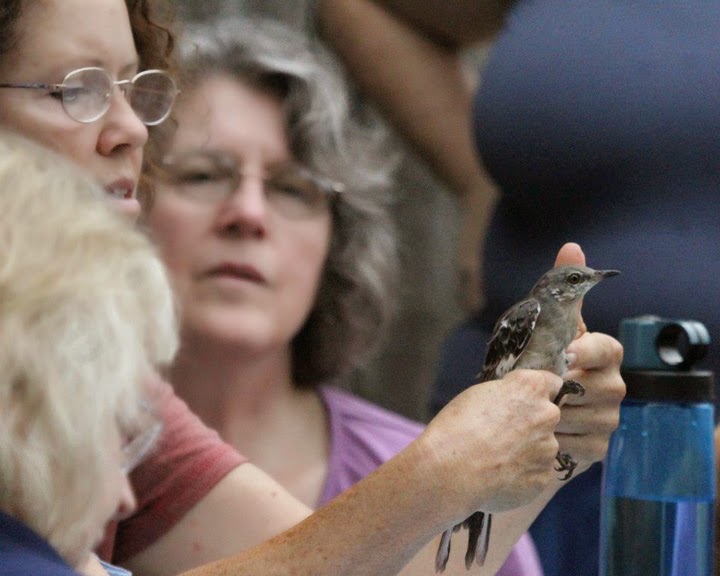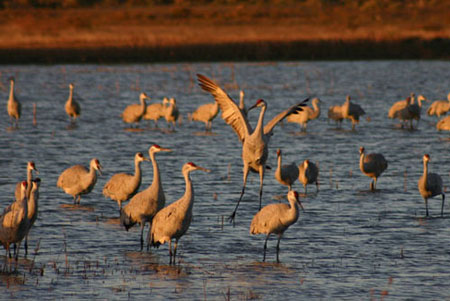In his article, Bales recaps the story of James Tanners' famous 1938 photographs of an Ivory-billed woodpecker nestling taken while Tanner had the young bird out of the nest for banding. Two of these photographs were published in Tanner's dissertation in 1942, and, along with four others, were thought to be the only images in existence.
For the past four years, Bales has been working with Nancy Tanner, wife of the famed ornithologist, while writing his book, Ghost Birds, which focuses on the field work of the late James Tanner. It was during this research, in June of 2009, that an envelope was discovered containing never before published negatives of the young Ivory-billed woodpecker found at the Singer Tract.
I'll let you read Bales' account of how this all came about (link provided below). You will enjoy his entertaining style and a titillating glimpse of what is to come in his new book. And while you're visiting the Smithsonian website, don't miss the photo gallery link in the right hand column where you'll find some of the endearing Ivory-billed juvenile images that were recently discovered.
Smithsonian Magazine's "A Close Encounter With the Rarest Bird"
Ghost Birds at Amazon
Stephen Lyn Bales' blog, Nature Calling
Natural Histories: Stories from the Tennessee Valley, also by Stephen Lyn Bales. Read my review, third from the top.
I'll let you read Bales' account of how this all came about (link provided below). You will enjoy his entertaining style and a titillating glimpse of what is to come in his new book. And while you're visiting the Smithsonian website, don't miss the photo gallery link in the right hand column where you'll find some of the endearing Ivory-billed juvenile images that were recently discovered.
Smithsonian Magazine's "A Close Encounter With the Rarest Bird"
Ghost Birds at Amazon
Stephen Lyn Bales' blog, Nature Calling
Natural Histories: Stories from the Tennessee Valley, also by Stephen Lyn Bales. Read my review, third from the top.
































